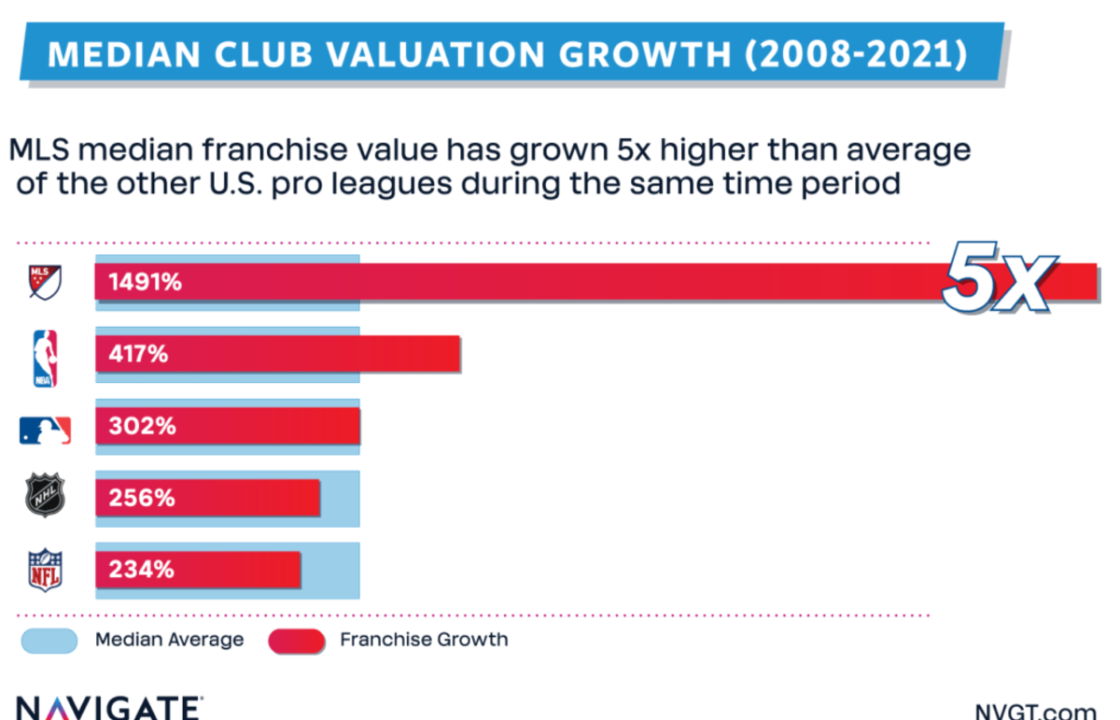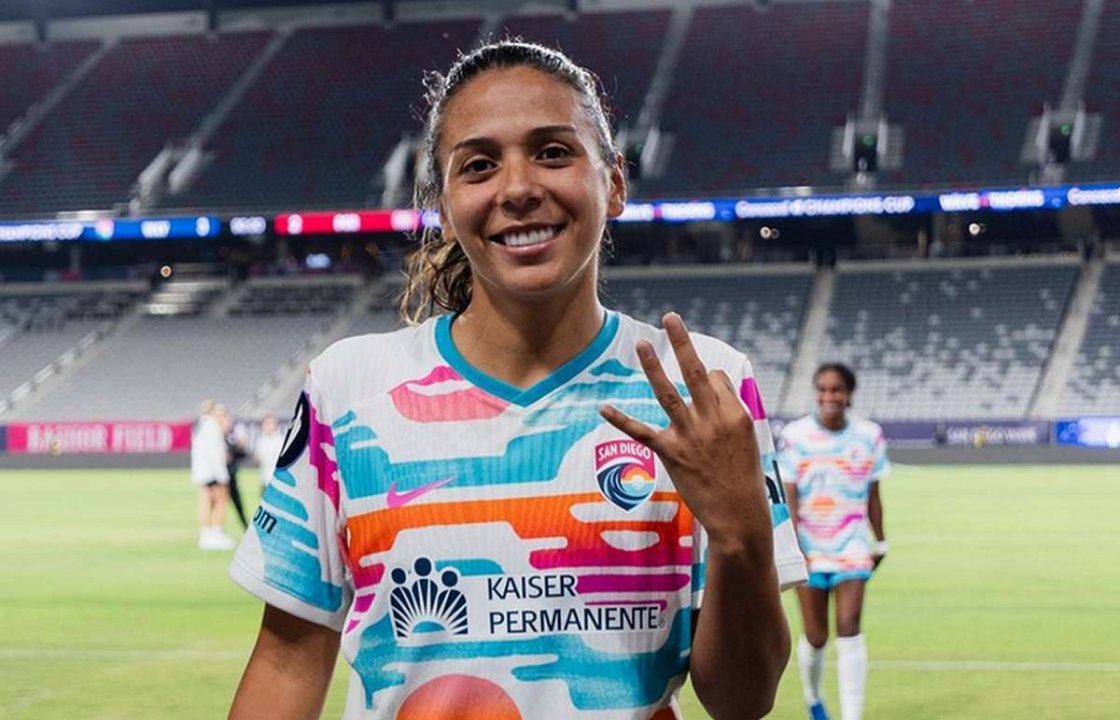Soccer in the United States is experiencing a remarkable transformation, and the rapid expansion of Major League Soccer (MLS) and the National Women’s Soccer League (NWSL) is at the forefront of this movement.
The Growth of MLS: From Underdog to Powerhouse
In the early 2000s, MLS struggled to stay afloat, with teams folding and low attendance threatening the league’s survival. However, the narrative has changed dramatically. With the arrival of global stars, soccer-specific stadiums, and a shift in fan culture, MLS is now one of the fastest-growing leagues in the world. New teams, bigger markets, and increased investment have fueled its expansion, and this momentum shows no signs of slowing down.
In recent years, MLS has added several teams, breaking into new cities and markets hungry for professional soccer. With the successful additions of teams like Charlotte FC, St. Louis City SC, and Inter Miami, the league now boasts 29 teams. However, Commissioner Don Garber has hinted that the magic number may be 32, aligning MLS with other major U.S. sports leagues like the NFL.
Cities such as San Diego, Las Vegas, and even Sacramento have been strong contenders for future expansion. San Diego has already secured its place as the next MLS city, but Las Vegas remains a frontrunner, with significant backing from billionaires and soccer investors. The potential for a domed stadium and entertainment-heavy soccer culture makes Las Vegas an ideal destination. Sacramento’s bid, once nearly finalized, remains in limbo, but with a passionate soccer fan base, it cannot be ruled out.

The NWSL’s Explosive Growth: Women’s Soccer on the Rise
While MLS expansion has been a long-term strategy, the NWSL’s recent boom has been nothing short of spectacular. For years, women’s professional soccer in the U.S. struggled to find stability, but the current landscape tells a different story. The success of the U.S. Women’s National Team on the global stage has led to increased investment, corporate sponsorships, and higher attendance figures.
The NWSL has aggressively expanded, reaching 14 teams with recent additions like Angel City FC and San Diego Wave FC. These teams have shattered attendance records and demonstrated that women’s soccer is not just viable—it’s thriving. The league has already announced expansion into Utah, Boston, and the Bay Area, pushing it closer to the goal of becoming a truly national league.
Several other cities are now in contention for future NWSL franchises. Atlanta, Denver, and Portland (a second team) have all been mentioned as potential markets. With MLS clubs recognizing the value of operating both men’s and women’s teams, it wouldn’t be surprising to see more joint ownership models emerge.
The Financial Impact: Why Expansion Makes Sense
The economics of expansion have never been more promising. MLS franchises are now valued in the hundreds of millions, and the NWSL has seen record-breaking team sales. Investors recognize that soccer is America’s next big thing, with growing youth participation and increased global attention.
Sponsorship deals and media rights have played a huge role in making expansion viable. MLS secured a historic 10-year, $2.5 billion broadcast deal with Apple, providing financial security and global exposure. Meanwhile, NWSL’s latest media rights negotiations are expected to bring in record revenue, solidifying its status as the premier women’s league in the world.
With financial stability and growing fan bases, both leagues have been able to justify higher expansion fees, creating a lucrative opportunity for new owners. The value of joining these leagues now is much higher than it was just a decade ago, making expansion a strategic move rather than a risky investment.
The Challenges of Expansion: Sustainability vs. Growth
Despite the excitement, expansion comes with challenges. Rapid growth requires stadium development, strong fan engagement, and sustainable player development. Some teams have struggled to attract consistent crowds or maintain competitiveness, raising concerns about whether the league can sustain too many teams too quickly.
For MLS, ensuring that new franchises have strong ownership groups, committed fan bases, and the necessary infrastructure will be key. The failure of Chivas USA in the past serves as a cautionary tale, reminding the league that expansion must be done carefully.
For the NWSL, the biggest challenge lies in maintaining competitive balance and avoiding financial instability. While interest in women’s soccer is surging, the league must ensure that newer franchises don’t dilute the overall quality of play. Additionally, player welfare, travel logistics, and fair compensation remain critical topics that must be addressed as the league grows.
The Future: Where Do MLS and NWSL Go from Here?
If the current trajectory continues, MLS and NWSL could evolve into two of the most competitive soccer leagues in the world. The 2026 FIFA World Cup, which will be hosted in the U.S., Canada, and Mexico, is expected to accelerate interest and investment in the sport. This could lead to further expansion, improved youth development systems, and stronger domestic leagues.

One potential future development could be promotion and relegation, a system used in most global soccer leagues but absent in the U.S. While MLS has resisted this model due to financial concerns, pressure from fans and independent lower-division clubs could reignite the conversation in the coming years.
For the NWSL, competing with international women’s leagues in Europe will be a major focus. Offering competitive salaries, top-tier training facilities, and a global platform for female athletes will be essential in keeping the best players in the world within the league.
The Future is Bright for Soccer in America
The expansion of MLS and NWSL is reshaping the soccer landscape in the U.S. With new cities, passionate fan bases, and growing investments, the sport is reaching unprecedented heights. While challenges remain, the overall outlook is incredibly optimistic. If the leagues can balance growth with sustainability, they will cement their places as premier global soccer competitions.
The next decade could be the most defining period in U.S. soccer history, and fans should be excited for what’s coming next. Whether it’s a new MLS team in Las Vegas, an NWSL franchise in Atlanta, or even the long-debated possibility of promotion and relegation, one thing is certain—soccer in America is just getting started.
SIA Academy connected with America
At SIA Academy, we closely follow the evolution of MLS and NWSL expansion because it directly impacts the opportunities available to our players. With new professional teams emerging across the U.S., the demand for talented, well-trained athletes continues to rise. Our academy’s focus on individualized player development, high-performance training, and exposure to professional scouting networks aligns perfectly with this growth. As more clubs seek young talent to develop into future stars, our Next Gen Soccer Pro program provides the ideal platform for ambitious players looking to break into these expanding leagues. The increasing professionalization of soccer in the U.S. also reinforces the importance of top-tier training environments like SIA Academy, where players can prepare for the physical, technical, and tactical demands of elite soccer. The future of MLS and NWSL is bright, and with it comes greater opportunities for our athletes to achieve their professional dreams.






